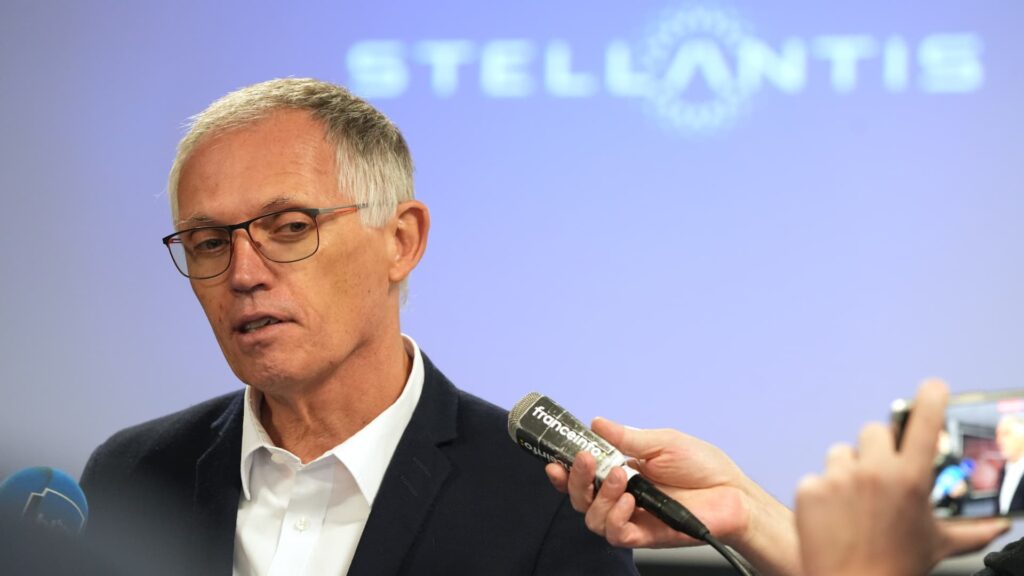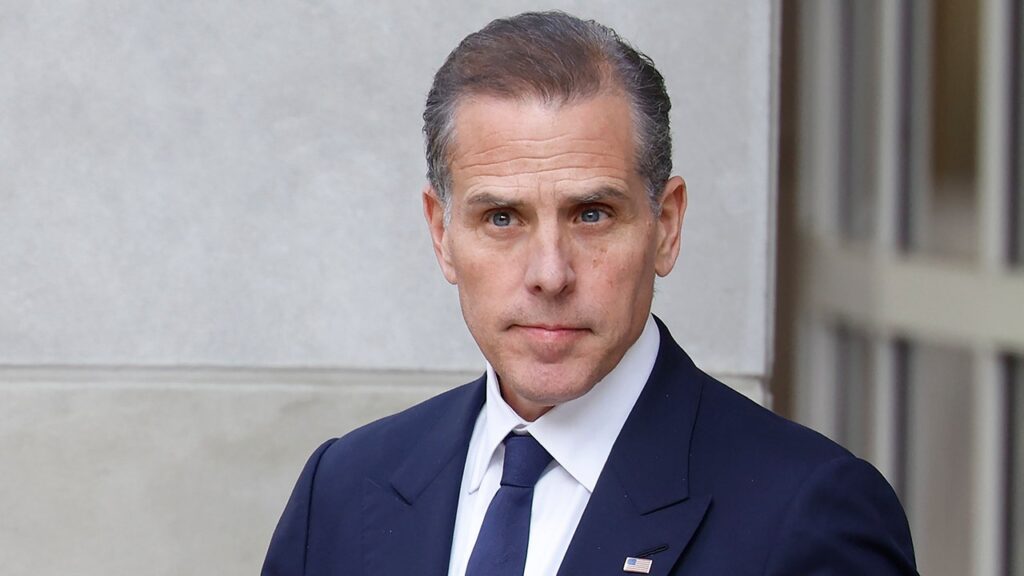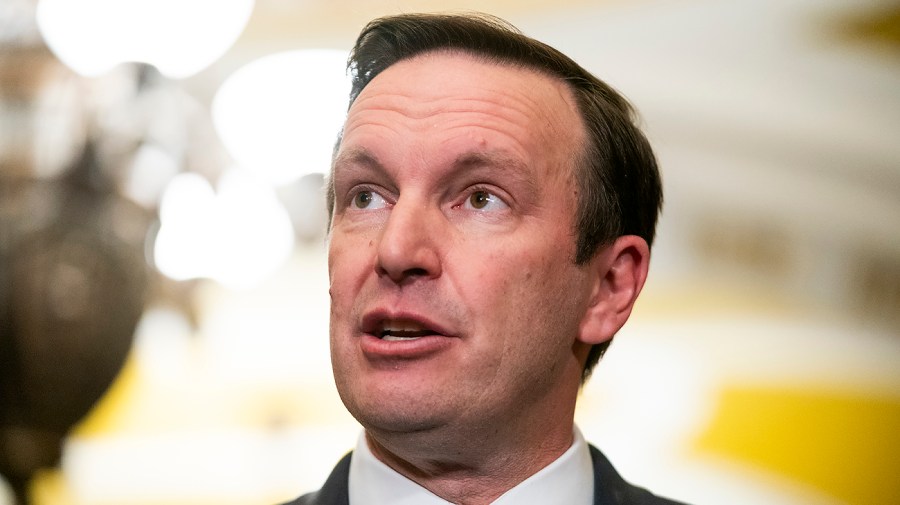]
Carlos Tavares, chief executive officer of Stellantis NV, speaks to the media at the Stellantis auto manufacturing plant in Sochaux, France, on Thursday, Oct. 3, 2024.
Nathan Laine | Bloomberg | Getty Images
DETROIT — Stellantis CEO Carlos Tavares has unexpectedly resigned from the automaker amid increasingly “different views” between the executive and the board of directors, the company said Sunday.
The world’s fourth-largest carmaker said its board accepted Tavares’ resignation on Sunday. His departure is effective immediately.
Jeep-maker Stellantis said its process to appoint a new CEO is “well under way” and that it expects to conclude the search during the first half of next year. Until then, the company said it will establish a new interim executive committee led by chairman John Elkann.
“Stellantis’ success since its creation has been rooted in a perfect alignment between the reference shareholders, the Board and the CEO. However, in recent weeks different views have emerged which have resulted in the Board and the CEO coming to today’s decision,” Henri de Castries, Stellantis’ senior independent director, said in a release.
A Stellantis spokesman declined to disclose any additional information regarding the resignation.
Tavares’ resignation comes less than two months after the company announced he would retire at the end of his contract in early 2026. At the time, Stellantis said it planned to name a a replacement by the fourth quarter of next year.

Stellantis’ stock in 2024
Tavares has led Stellantis since its creation through a 2021 merger between Fiat Chrysler Automobiles and PSA Groupe, where he had been board chair since 2014.
The longtime automotive veteran — a prodigy of former Nissan executive Carlos Ghosn — was widely heralded in recent years for spearheading the merger and making Stellantis one of the world’s most profitable automakers.
But this year, the company’s financial results have severely underperformed expectations amid mismanagement of the U.S. market — its prime cash generator — with a lack of investment in new or updated products, historically high prices and extreme cost-cutting measures.
The company, which also owns brands such as Dodge, Fiat, Chrysler and Peugeot, lowered its annual guidance targets in September, a month ahead of the automaker reporting a 27% decline in third-quarter net revenues.
Stellantis’ sales also have struggled this year. Most recently, the company reported a roughly 20% decline in year-over-year global vehicles sold during the third quarter. That included extending a yearslong free fall during in the U.S. despite Tavares’ attempts to correct what he has called “arrogant” mistakes.
U.S.-traded shares of the company are off roughly 43% in 2024.
Tavares made cost-cutting a critical mission for Stellantis, including a self-reported 8.4 billion euros ($9 billion) in reductions from the merger.
The cost-saving measures have included reshaping the company’s supply chain and operations, as well as reducing head counts in the U.S. and increasing work in lower-cost countries such as Brazil and Mexico.
Several current and former Stellantis executives, who spoke on the condition of anonymity due to potential repercussions, previously described the cuts to CNBC as grueling to the point of excessiveness and leading to problems in the U.S.
Tavares pushed back on the claim that the company’s massive cost-cutting efforts had created problems.
“When you don’t deliver for any reason … you may want to use a scapegoat. The budget cut is an easy one. It’s wrong,” Tavares said in July.
Stellantis has reduced headcount by 15.5%, or roughly 47,500 employees, between December 2019 and the end of 2023, according to public filings. Additional job cuts this year involving thousands of plant workers the U.S. and Italy have drawn the ire of unions in both countries.
The United Auto Workers union has been calling for Tavares’ removal for several months as its members face layoffs and production cuts. Stellantis’ U.S. dealership network also has spoken out against Tavares amid bloated inventories and a lack of financial support from the company to sell vehicles.








